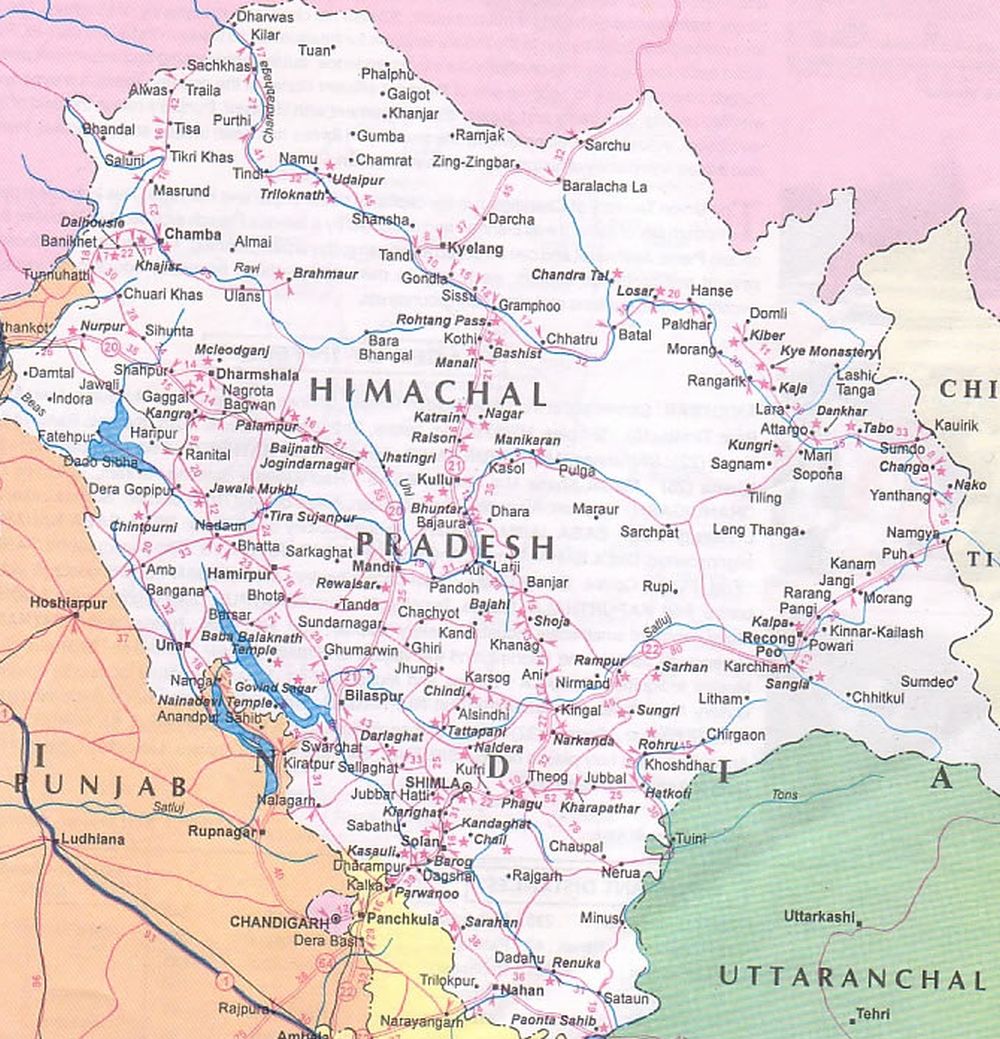(Parikshit Sharma) The extreme weather conditions are globally affecting and effecting the global citizens mentally, physically and emotionally.
A recent tweet by the President of the U.S. about the extremities of the weather cites, “In the beautiful Midwest, windchill temperatures are reaching minus 60 degrees, the coldest ever recorded. In coming days, expected to get even colder. People can’t last outside even for minutes. What the hell is going on with Global Waming? Please come back fast, we need you”
Though the tweet has caused many tweet bugs to give varied replies, it seems that people have a clear misunderstanding of the words Weather and Climate. Weather may be explained as the conditions in the air above the earth such as wind, rain, or temperature, especially at a particular time over a particular area such as dry, cold, hot, bad, good and the like. Whereas, the Climate is the general weather conditions usually found in a particular place like the deserts are hot, polar areas are permanently frozen with bone-chilling temperatures, etc. (Cambridge Dictionary).
The Director of the University of Georgia’s Atmospheric Sciences program and Former President of the American Meteorological Society, Dr. Marshall Shepherd relates weather and climate with the behaviour of a person, stating “weather is your mood; climate is your personality,” meaning a single weather event like a brutal cold snap cannot be linked to climate, but long-term trends are better indicators of a changing climate.
The climatologist and the MeT have forecasted sub-zero temperatures reaching up to minus 30° C in the Western Hemisphere, relating this decline in the temperature with the Polar Vortex. First described in 1853, it is a phenomenon that develops during the winters in Northern Hemisphere at altitudes that are higher than 20 kms (upper Troposphere and lower Stratosphere).
Earth has two extreme points known as the Poles; North and South. Polar Vortex is a low-pressure area formed in the upper levels of the atmospheric parts of the Poles, at an elevation of 15-20 km. reaching the middle and upper troposphere and may extend to the stratosphere. The change in the weather conditions of the poles and the equator gives rise to the polar vortex as a cyclone. It may intensify in winter and may weaken during the summers.
If the vortex is strong, it is well-defined and the arctic air is contained; however, if it is week, it breaks into two, and if it turns weaker, it dissipates in more vortices, disorganizing the polar arctic air, which is pushed downwards to the equator resulting in a sharp temperature drop. When the northern vortex weakens, one of the vortices dissipates into Baffin Islands, Canada and the northern half of the U.S. and the second vortices forms above the northeast of Siberia.
During the periods of mid-March and mid-May, the breakup of the northern vortex takes place. It is the transition period of winter to spring, impacting the water cycle. If it is very large, it can cover Canada, and most parts of U.S. Some of the extreme weather patterns reported in the U.S. earlier were in the winters of 2013 through 2015, which caused snow conditions.
“The Day After Tomorrow” a 2004 American sci-fi disaster film based on the book “The Coming Global Super storm” by Art Bell and Whitley Strieber, depicts the cataclysmic climatic consequences following the disrupted North Atlantic ocean’s circulation, resulting in the extreme weather conditions into Global Freezing paving the way to a new Ice Age.
In India, Indian MeT officials express concern that, the long and chilly winters in north India could be linked to the cold arctic blasts from the arctic region since late December from the Siberian area, i.e. the second of the vortices. The District Administration and SDM Urban Shimla have been issuing advisory messages regarding the Western Disturbances hitting the state and the district. WD are rhythmic movements of low pressure winds travelling west from in and around the Mediterranean region, causing cold and moisture laden winds that hit the Himalayas, our northern borders and giving a cold spell.
With freaking hailstorms and extreme cold weather conditions in the past years of 2013, 2014 and 2015 and a number of blows received from the WDs this January, it is reminiscing the extreme weather conditions that occurred in the early ‘90’s, when people were stranded on the streets in search of food and shelter.
The weather pattern has changed a lot in recent times. The decline in the chilling hours for the apple cultivation has marred the quality and production of juicy apples in the state; production of electricity has taken a blow, agriculture has been effected and the water levels have also declined. This change in the weather results in traffic disruption, problems with electricity supply, water supply, transportation problems, severely hit agricultural production, inflated price of the civil supplies hampering the public distribution system. A fresh spell of snow will hamper the efficiency of the employees too, as the commutation from home to workplace and back also gets hit. The ambient working conditions are unachievable during harsh weathers and as a result the work gets piled up for the successive days, thereby, declining the productivity of the days missed and the days when the previous work will be completed.





